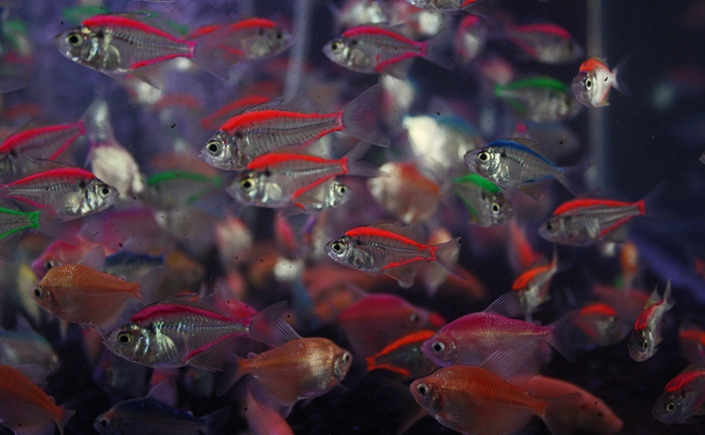I was recently asked questions about how I write – what to do and not to do. Basically the style and content of a blog is very personal, but I find that understanding the process is key in order to keep the posts coming. When I write I go through three different stages, and what causes me to get stuck in the process or limits me from writing is when I mix up the different stages.
These are the three stages I go through:
1. Be inspired: getting the idea
In this stage I hardly ever sit by the computer with a word document open. I can of course consciously try to generate ideas by brainstorming with pen and paper. However generating ideas often occurs more organically for me. It happens while I’m out for a walk, after a conversation with a friend, during workout, while watching a movie, listening to a podcast, driving my scooter, reading a book, dancing, cooking etc. I always carry a notebook and pen so when I get an idea, I can note it down as soon as possible; and maybe even outline a couple points about the main content.
2. Open the tap: writing uncritically
A famous Danish children’s book writer Louis Jensen once told me about his writing process saying that the initial stage was like ‘vomiting onto the paper’, and as unappealing it might sound, this is more or less what happens when I start writing the rough draft. I write everything that comes to my mind, and sometimes it almost feels nauseating because it comes out in fragments, I jump back and forth between thoughts and new ideas spring forth. At the back of my head I often hear this voice criticizing whatever I am typing, but I try to ignore that voice. The key is to stay light and open and let the words flow uncritically. Some of what I write will be bad, will sound weird or need to be re-written, but the less I focus on the end outcome, the easier I can bring forth the desired content in a free flowing way.
3. Hatch away: editing fiercely
In this stage I put on my critical glasses, restructure the post and remove unnecessary content. I try to narrow down the main point(s) I want to make and delete the parts where I am just repeating the same point. This is the biggest challenge. Sometimes I really like the way I’ve formulated something and a part of me feels like keeping it in, even though it doesn’t bring anything new to the post. I ask myself is it concise, coherent and relevant?
Why I never mix these stages
What works best for me is to go through each stage on different days. If I have set myself a tight deadline I can combine 1 and 2 on one day, but doing 2 and 3 never works on the same day. This is because it requires very different modes of thinking. When I write the draft and put the text away for a day or two, I can then look at it with fresh eyes, which makes the editing much more effective.
Have you noticed what works for you in your writing process?






 At the moment I am reading the book
At the moment I am reading the book 

 Making clear distinctions between work-mode and break-mode
Making clear distinctions between work-mode and break-mode
